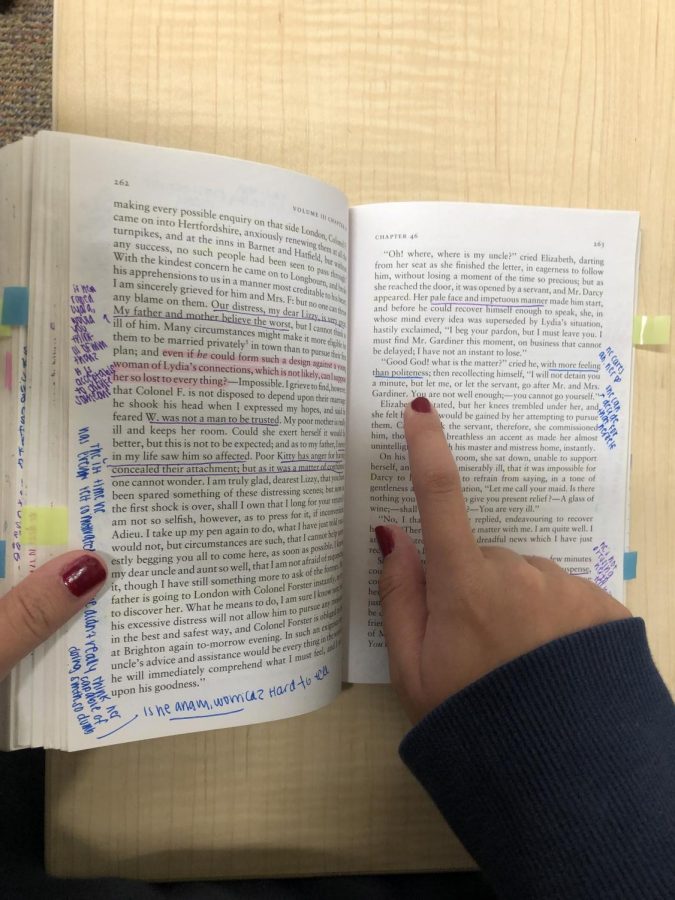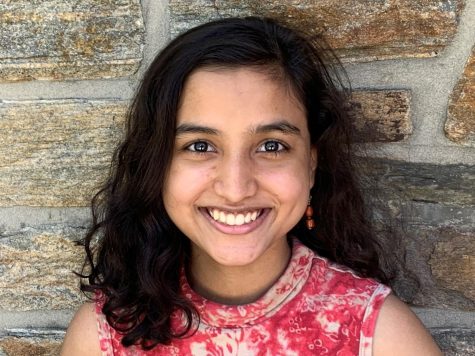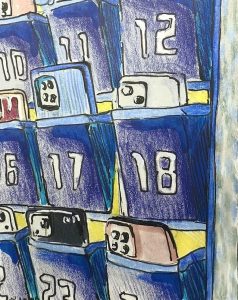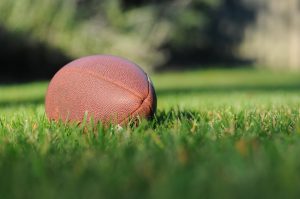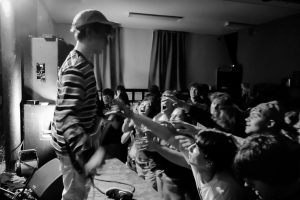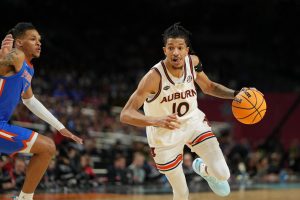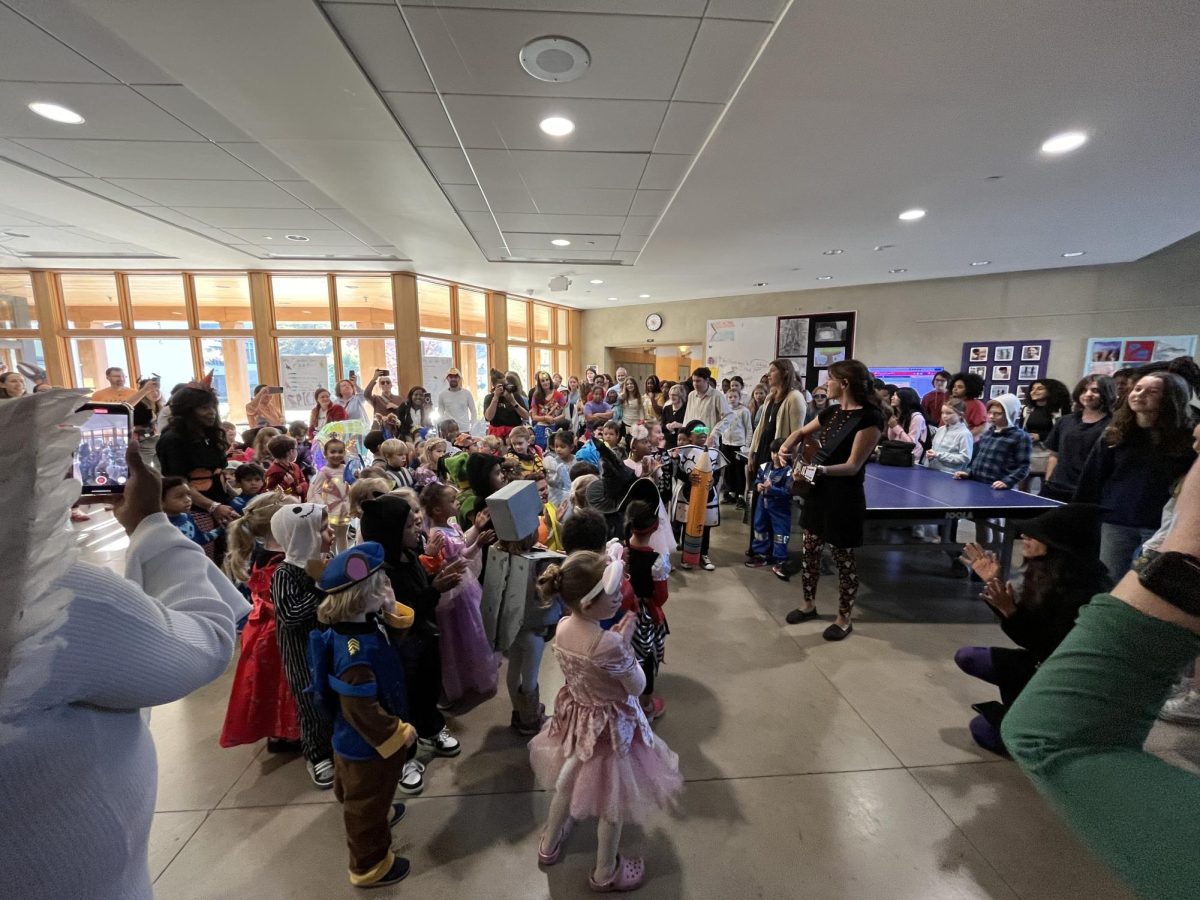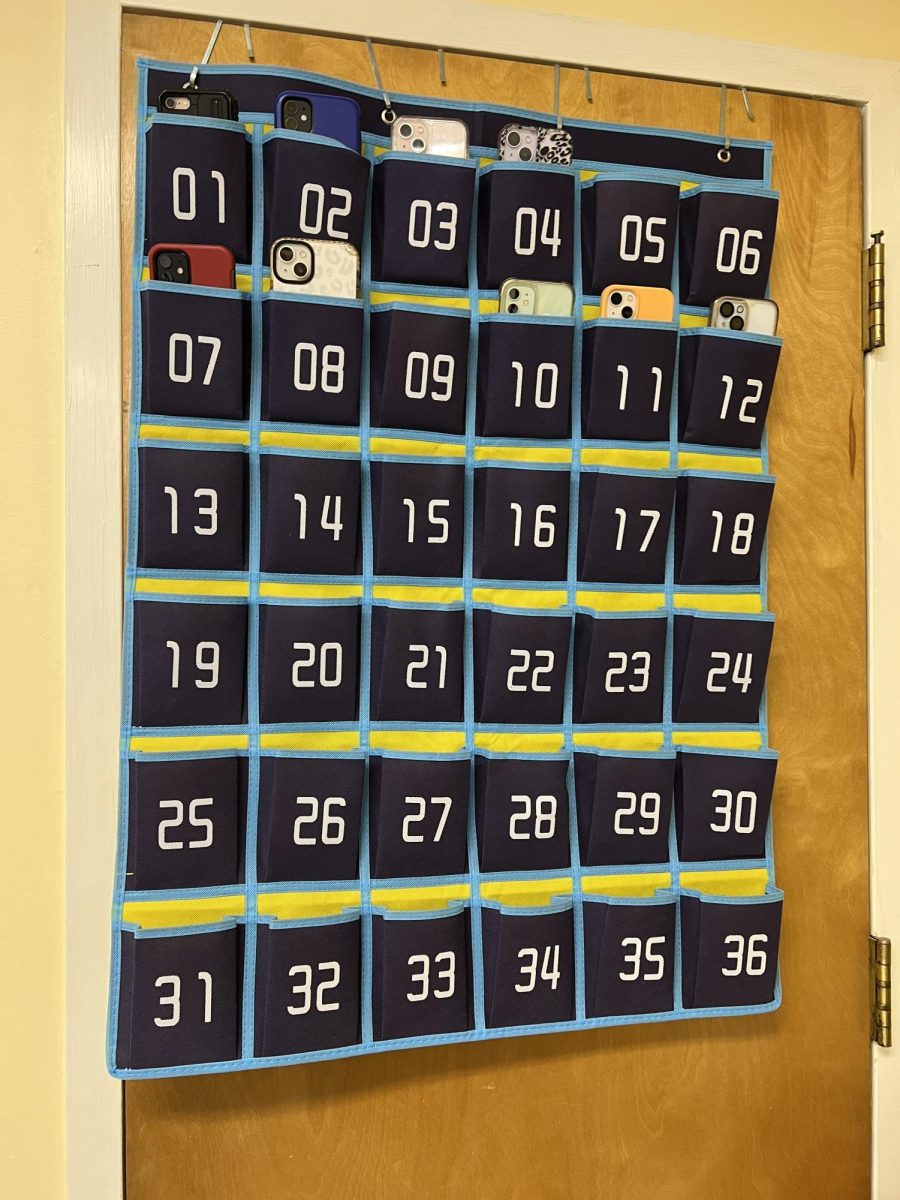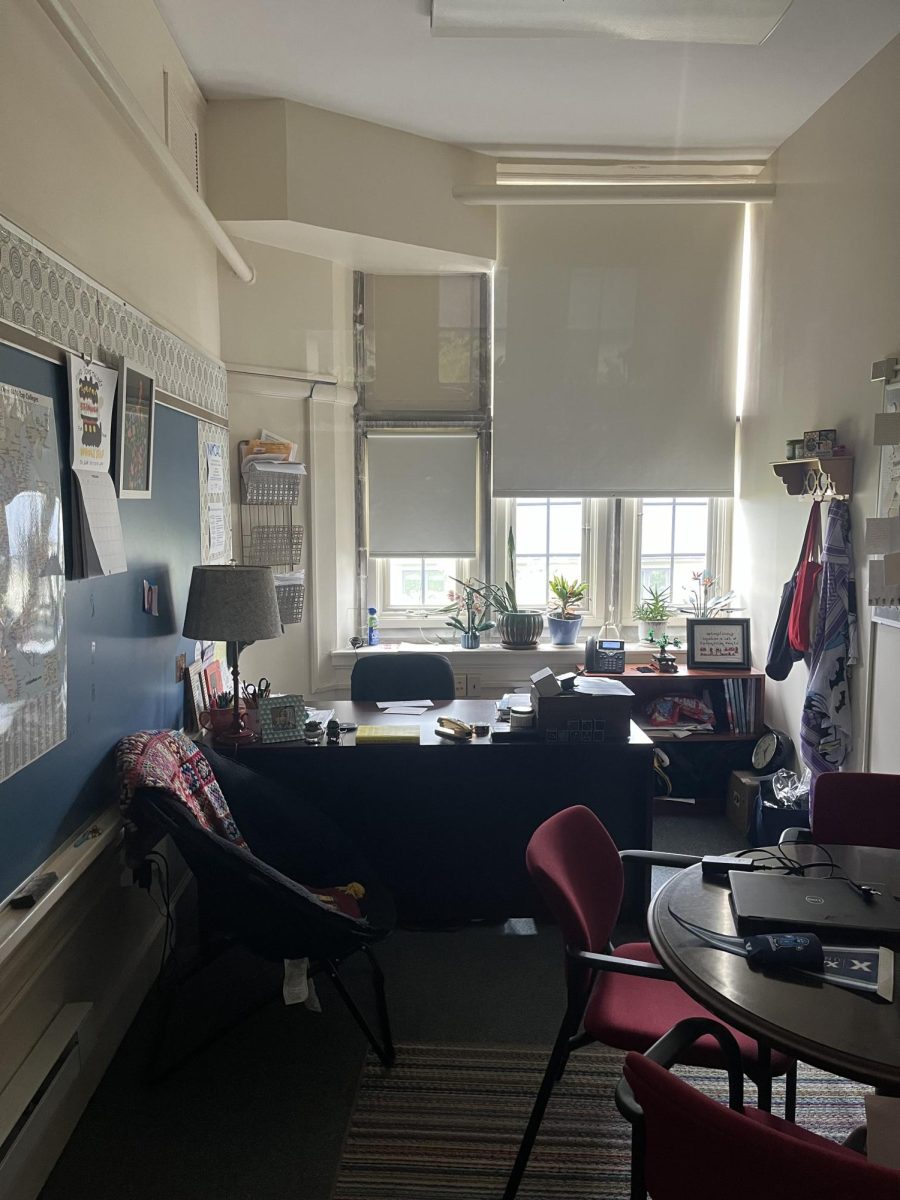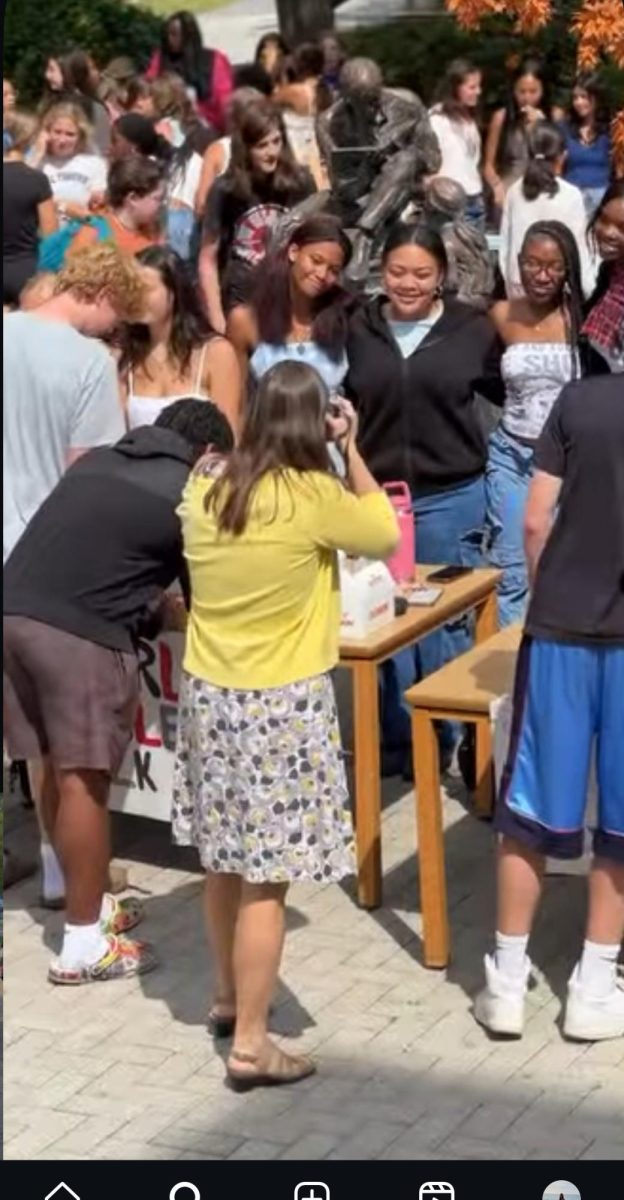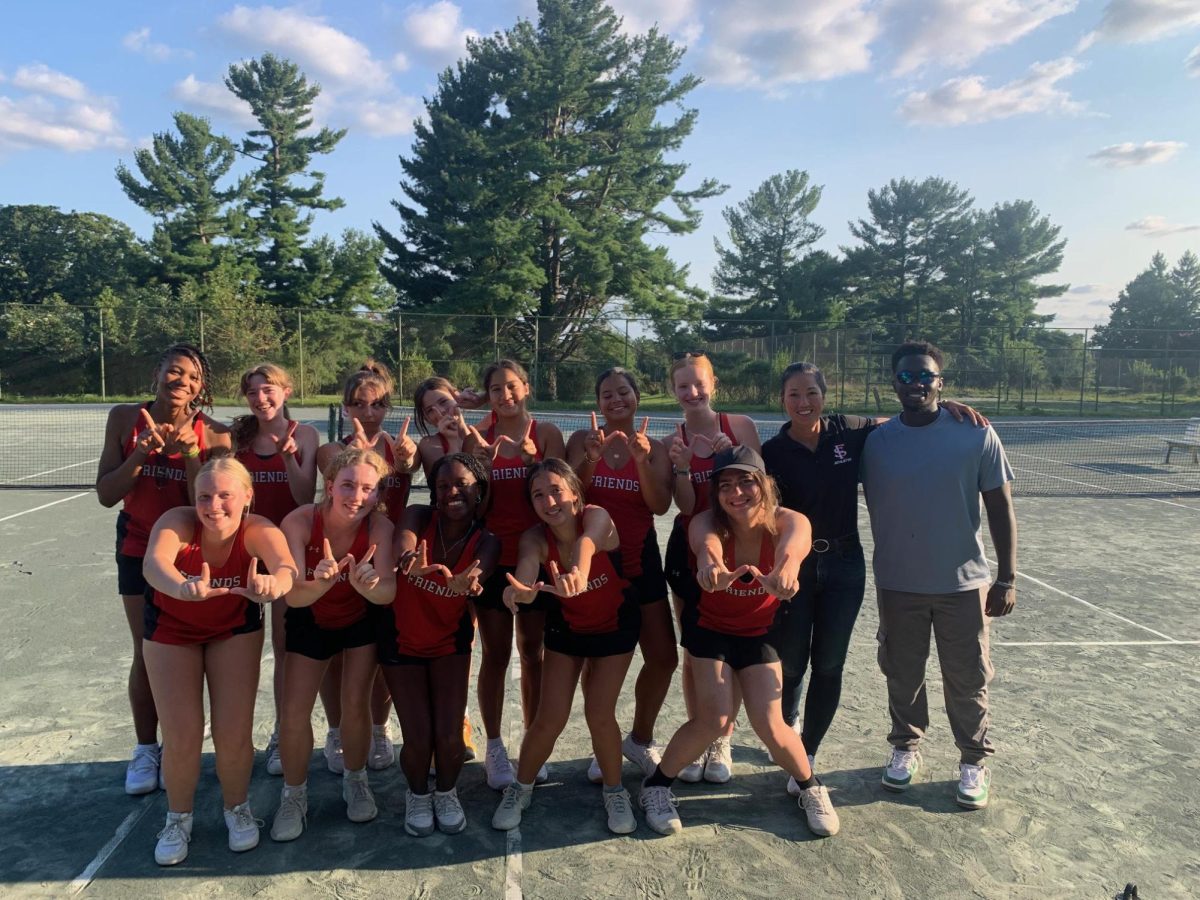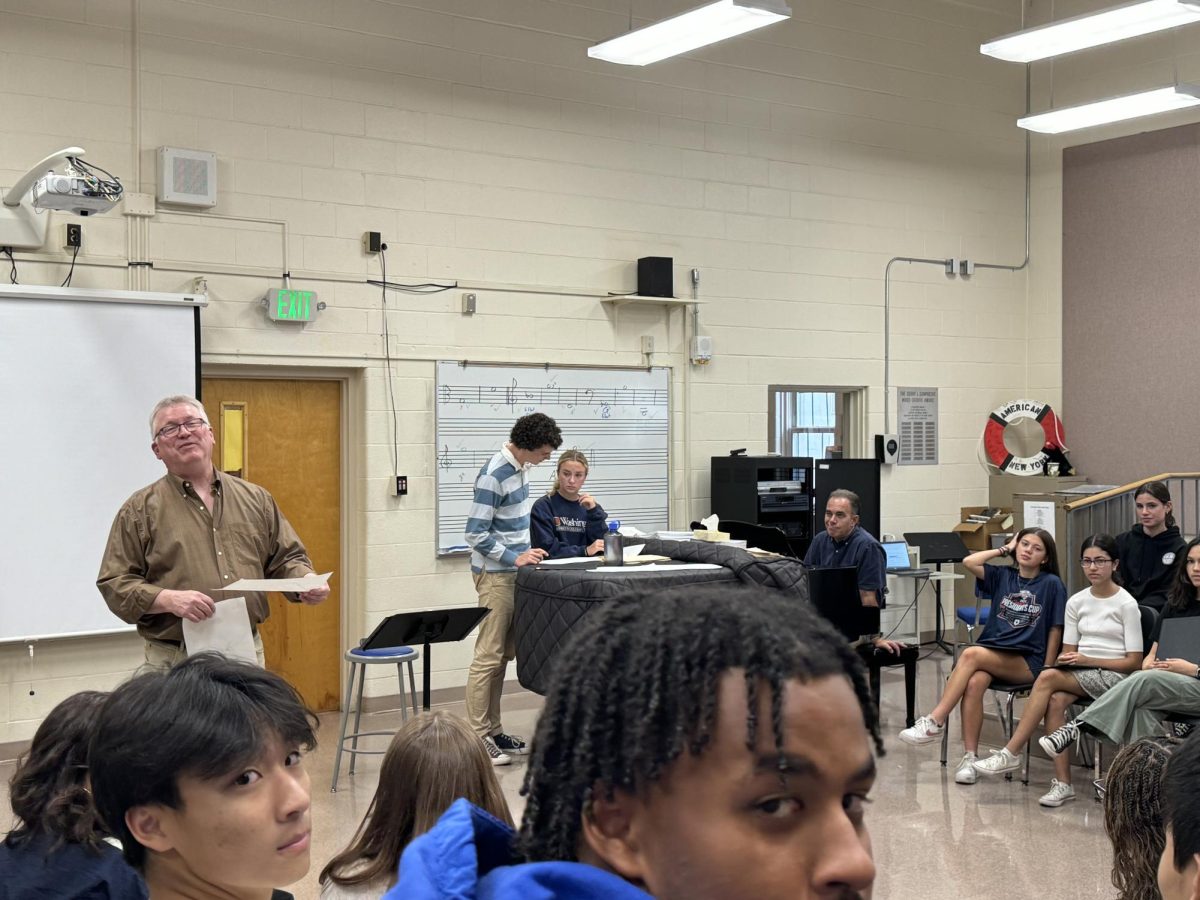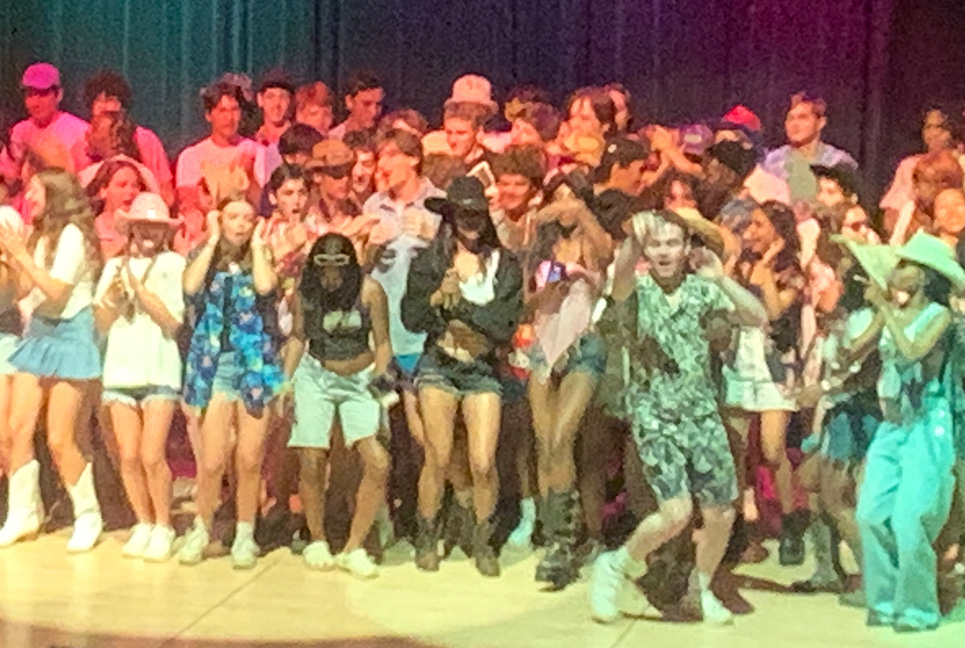Dyslexic at Friends: A Change for the Better
I learn differently than many classmates, and found success here.
February 10, 2020
After attending Friends in pre-K, I switched schools in 4th grade to go to Jemicy. I did not want to go to Jemicy because young Jack did not like change. Jemicy is a school that specializes in teaching kids with dyslexia, ADHD, and ADD.
As it turned out, I loved Jemicy. However, my goal was to come back to Friends for high school. I wanted to return to Friends mainly because I missed my old buddies and in my opinion, graduating from Friends is more impressive than graduating from Jemicy.
A small number of students in the Friends community have dyslexia. Dyslexia is a learning difference that affects people’s proficiency in reading, writing, speaking, and sometimes solving math problems. Common symptoms of dyslexia in teens and adults are: difficulty reading out loud, taking longer to read or write, mispronouncing names or words, having trouble summarizing a story, learning a foreign language, understanding jokes or expressions, memorizing, and doing math problems. Not all dyslexic people have every one of these symptoms, but most dyslexic people have a number of them.
I have trouble reading out loud, pronouncing words, learning foreign languages, and memorizing facts for a test or quiz. It also takes me much longer to read books, articles, and write papers.
The transition from Jemicy to Friends was easier than my parents thought it would be, but it was still a challenge. I wasn’t used to doing homework at home; I barely got any homework at Jemicy, and whenever I did have homework, I was able to do it in 20 minutes in advisory at the end of the day. My freshman year at Friends, it took me at least an hour and a half to complete homework assignments at home. This did not include the time I worked during almost every M block. Having pneumonia for two weeks didn’t help the transition either. When I came to Friends, teachers knew I had dyslexia and understood in which areas I was struggling. They were, and still are, extremely helpful and understanding when I go to them for help.
Junior Meghan Woolford is another student with dyslexia who is pleased with her transition to Friends. Meghan came to Friends in 8th grade from Gerstell Academy.
“Gerstell didn’t have a learning specialist, which is one reason why it was so hard for me… Some teachers were understanding of my position, but didn’t understand dyslexia,” she said.
Meghan says at her old school, she usually had two or more hours of homework every night. She says she chose Friends because she heard that many Friends teachers are especially good with learning differences.
Meghan points out that math teacher David Heath has been extremely helpful with her learning differences, and even offers time to go over material with her outside of class.
“I try to go at my own pace, even if it means I have to fall a little behind,” she says.
She also has a computer accommodation, which allows her to take notes in class and on the exam. For example, if her class ever watches the movie version of a book they read, she tries to write about the movie. This way she catches more details and moments she missed while reading.
Other students with dyslexia share how Friends appealed to them.
“I like how interactive the classes are,” says an anonymous student.
Another student who also wishes to remain anonymous says, “I’m a slow worker so it usually takes me around double the time compared to kids without learning differences.” Most students with dyslexia seem to have similar accommodations: extended time, a quiet space on tests and exams, and the use of a computer and calculator.
I asked the students what their biggest struggles were with dyslexia, and all of them said reading. They also said it’s hard to keep up during class discussions about the text at hand.
Despite how hard Friends School is academically, I am extremely happy that I was able to come back and find success.


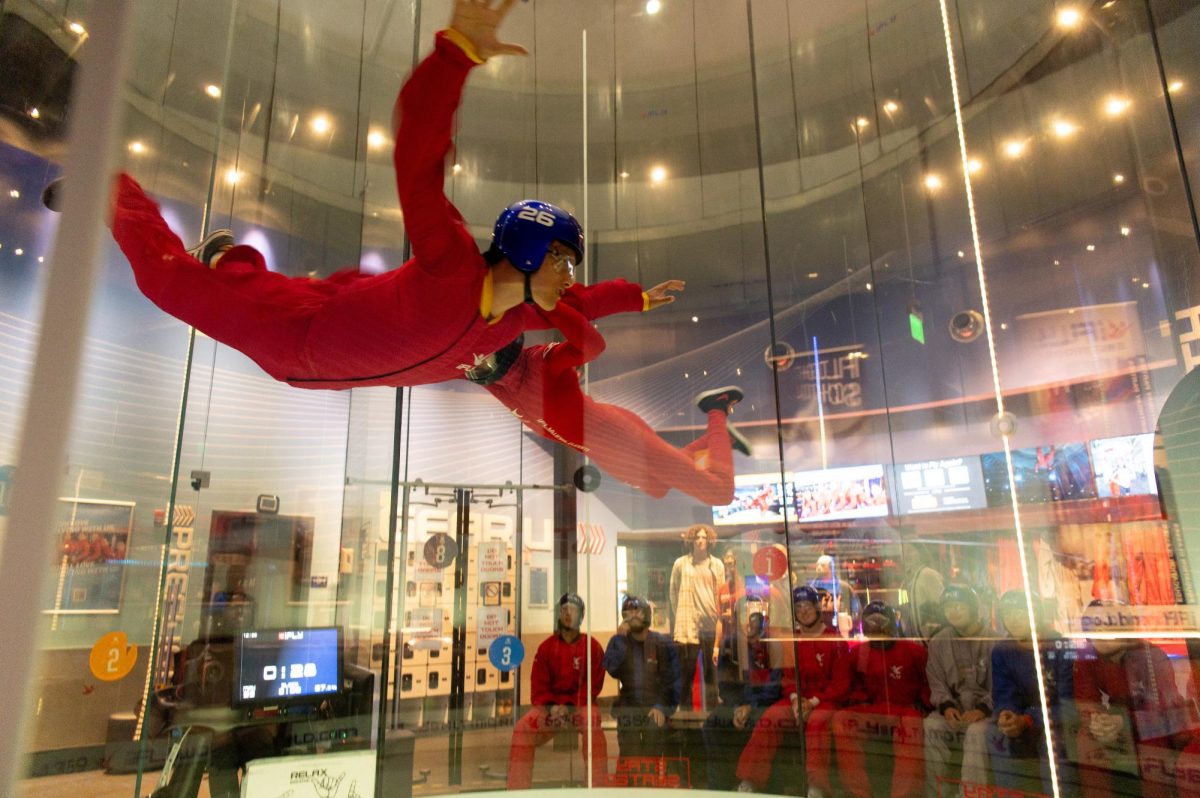
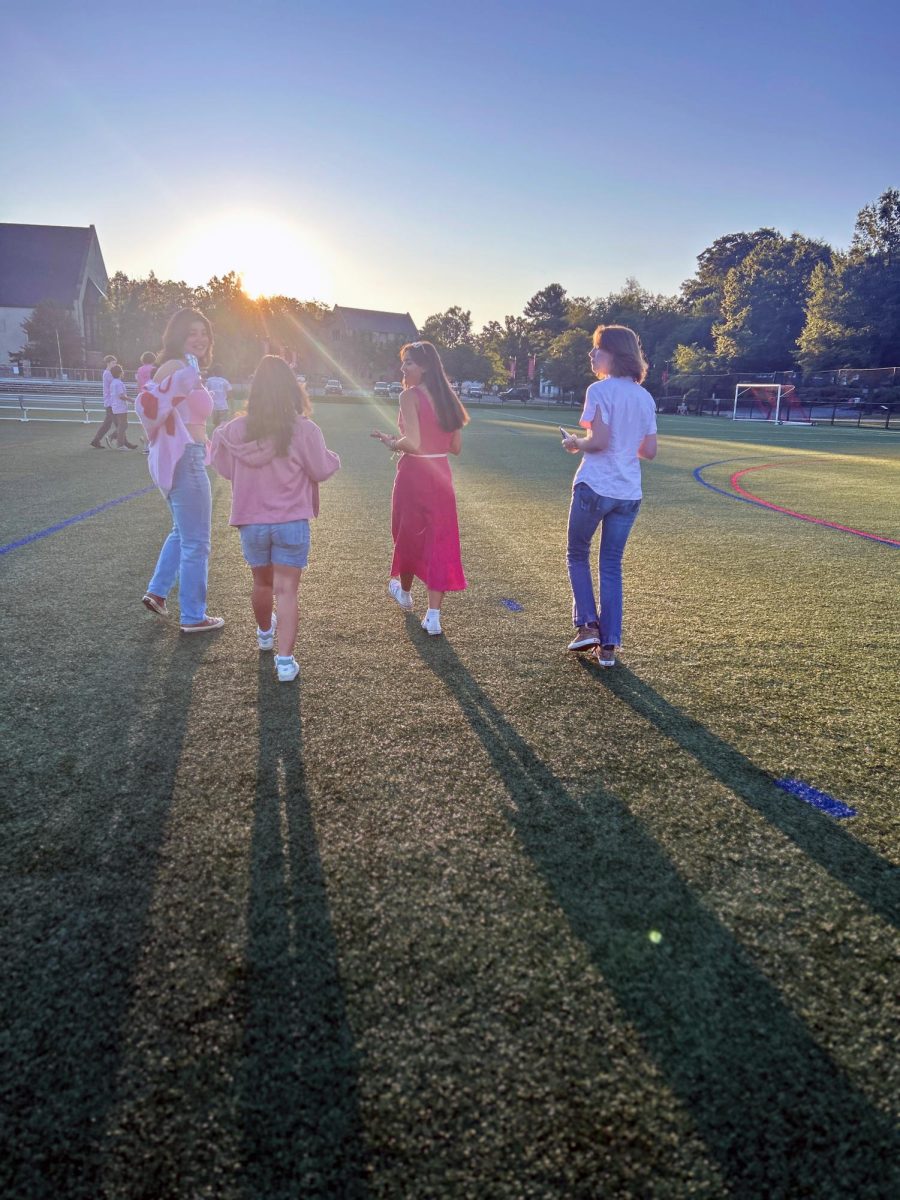





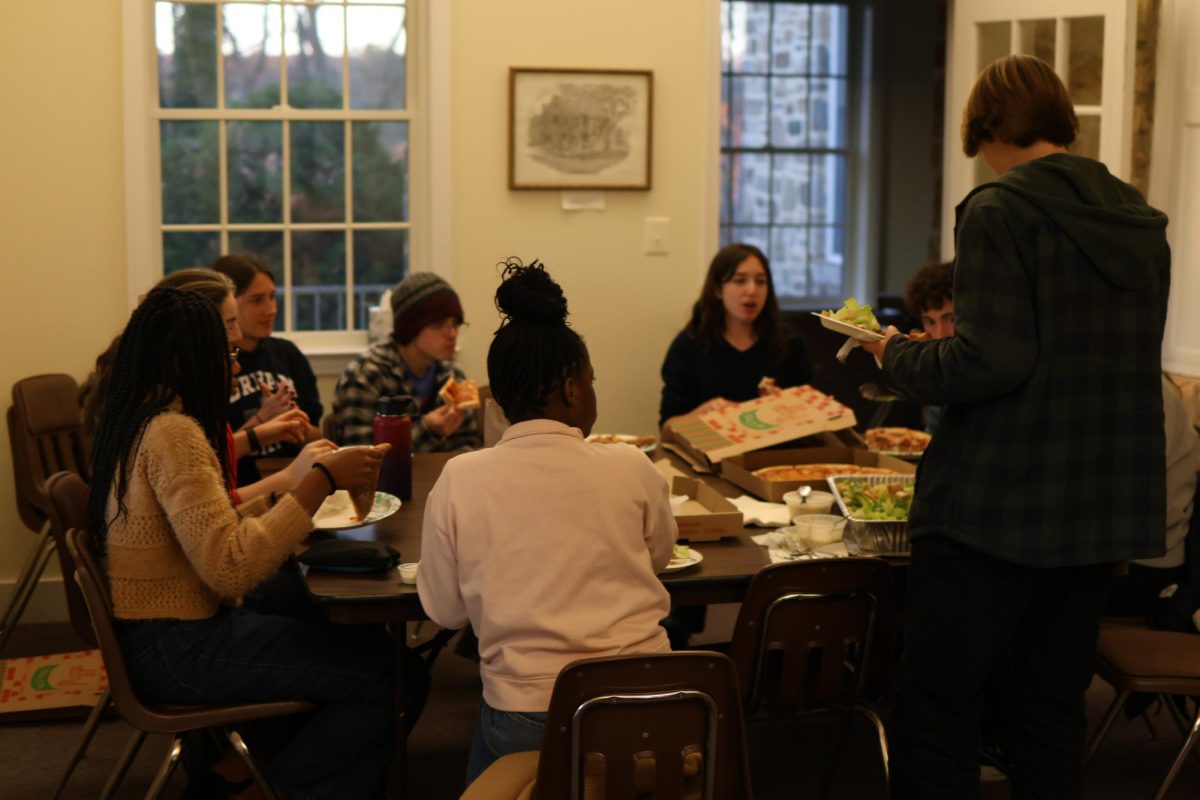

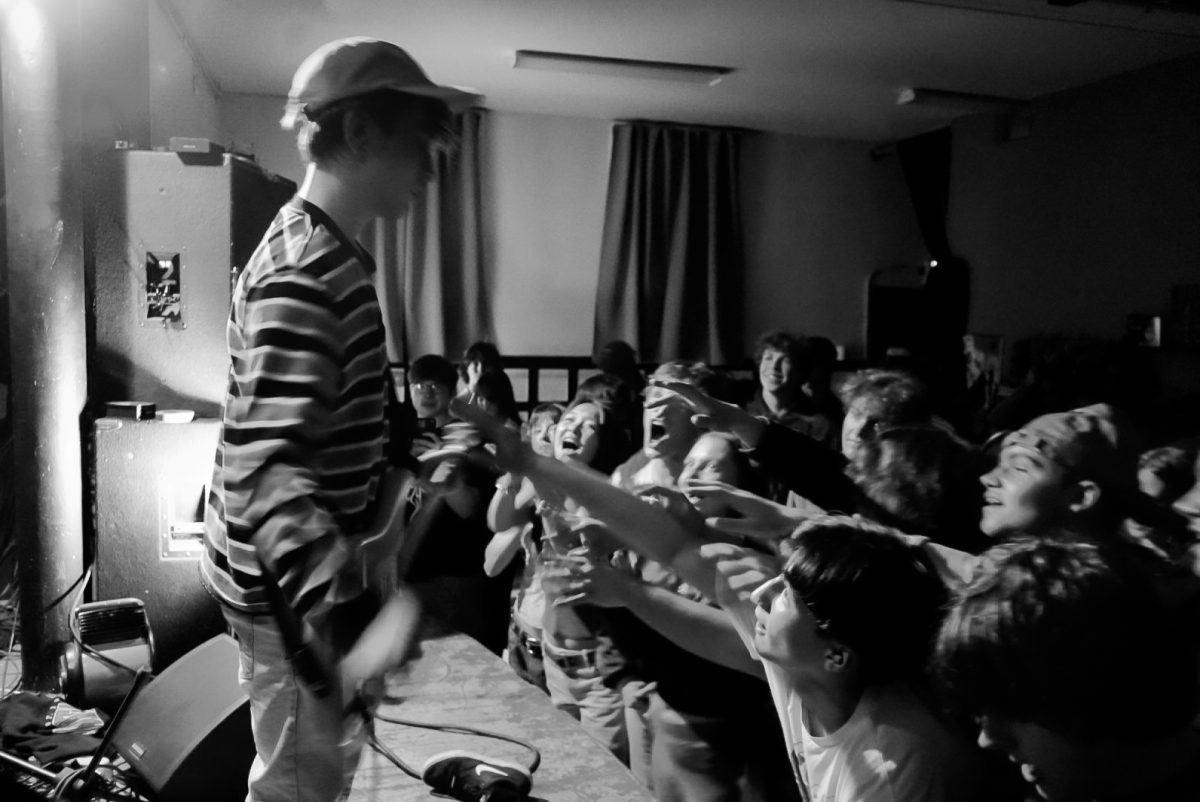

![How Freestyle Club Began [Podcast]](https://thequakerquill.org/wp-content/uploads/2025/05/charly-alvarez-Jv9untmB7G4-unsplash-1200x800.jpg)
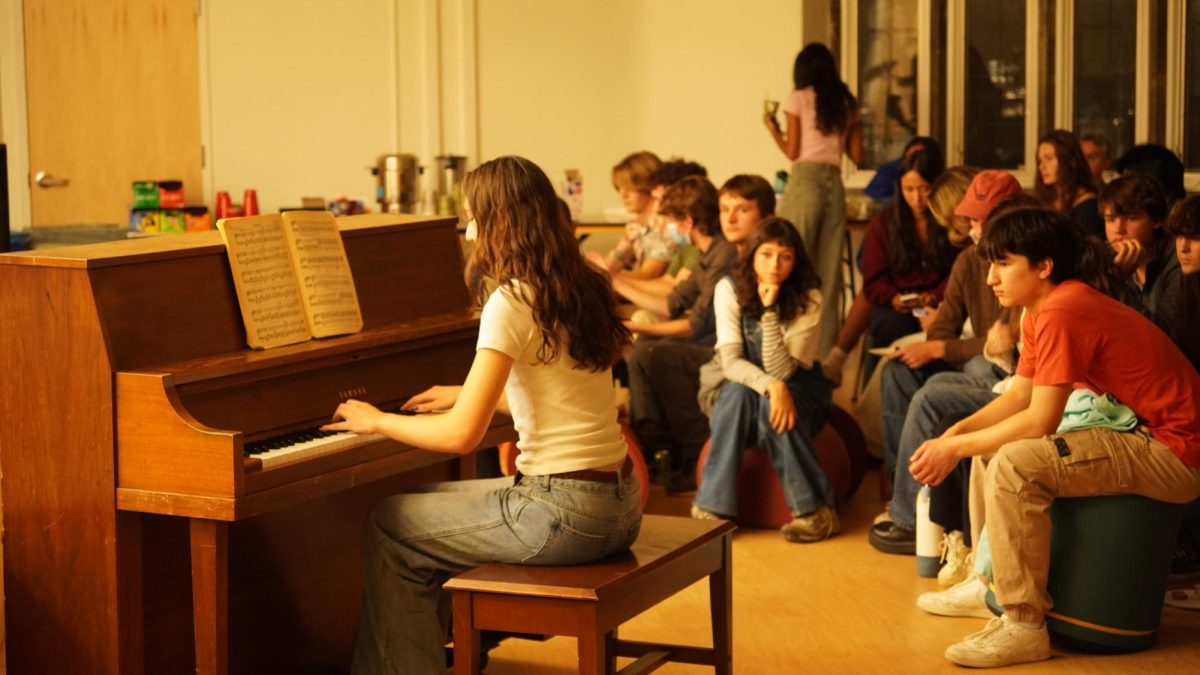
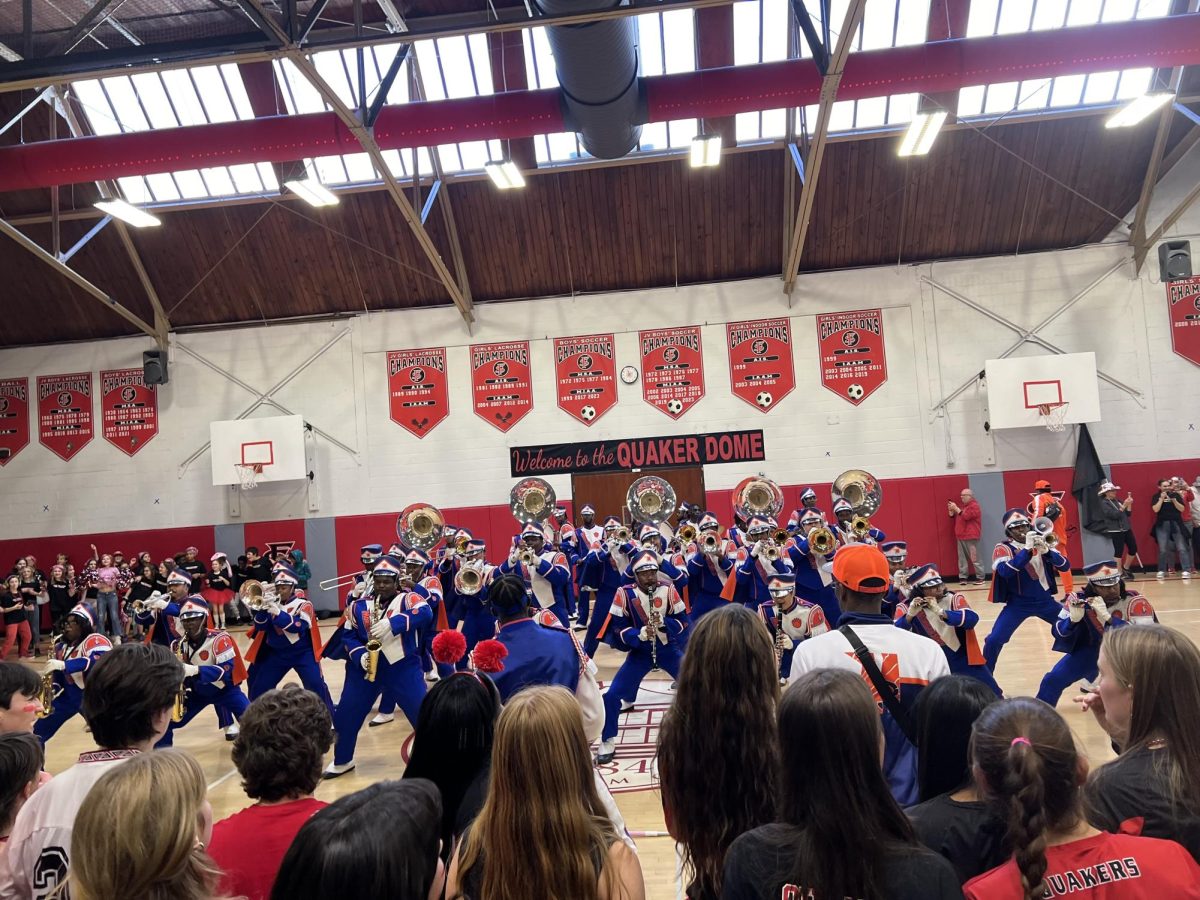
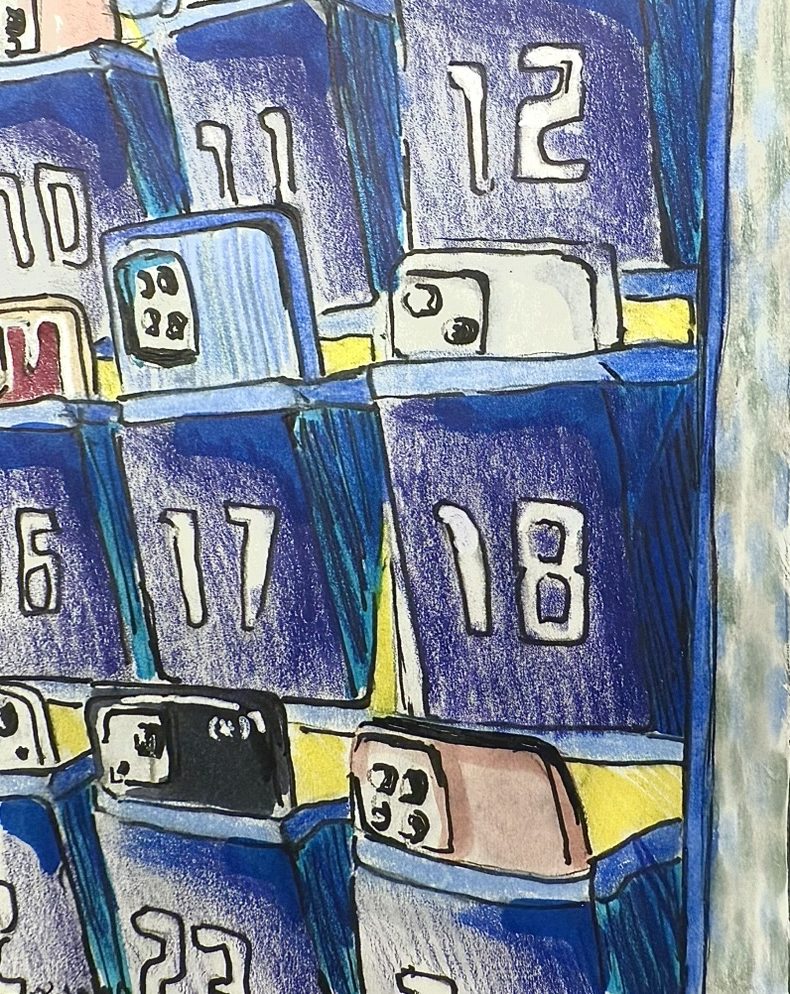
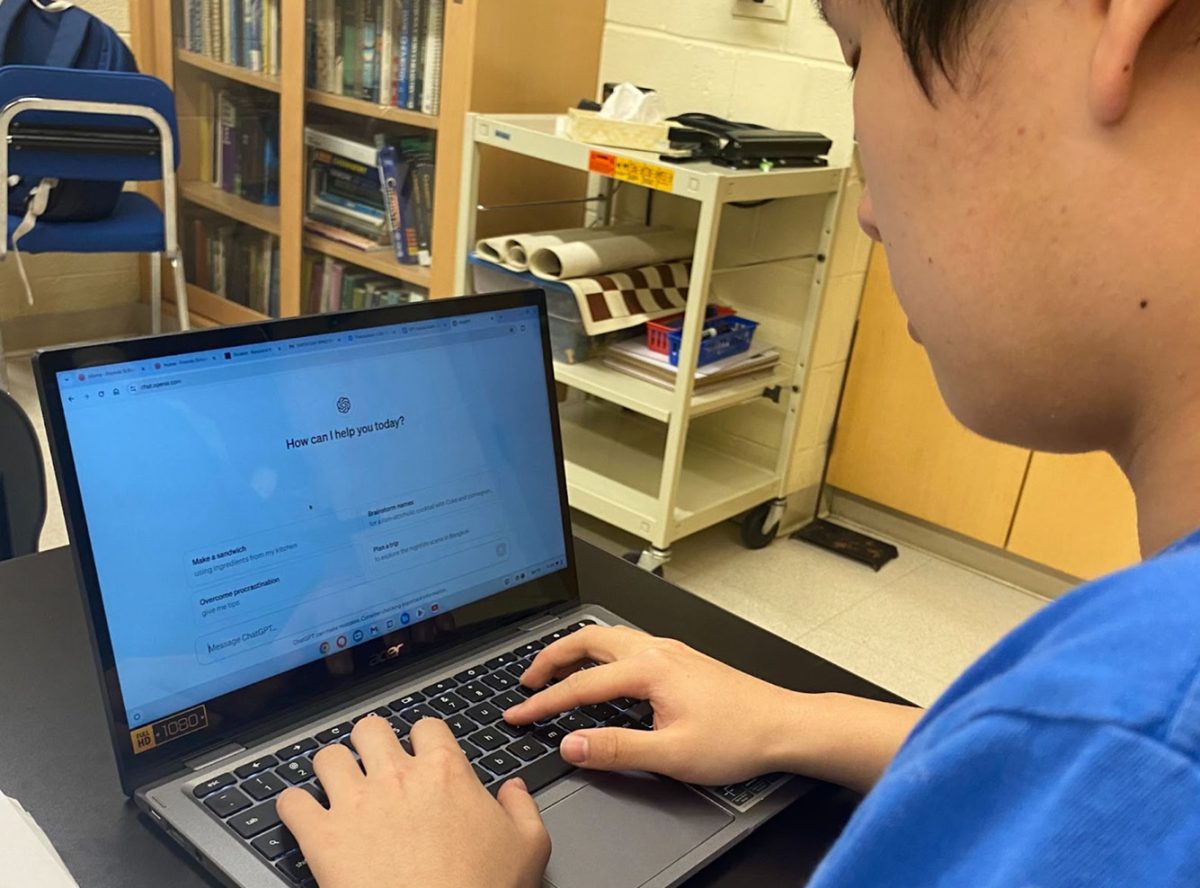
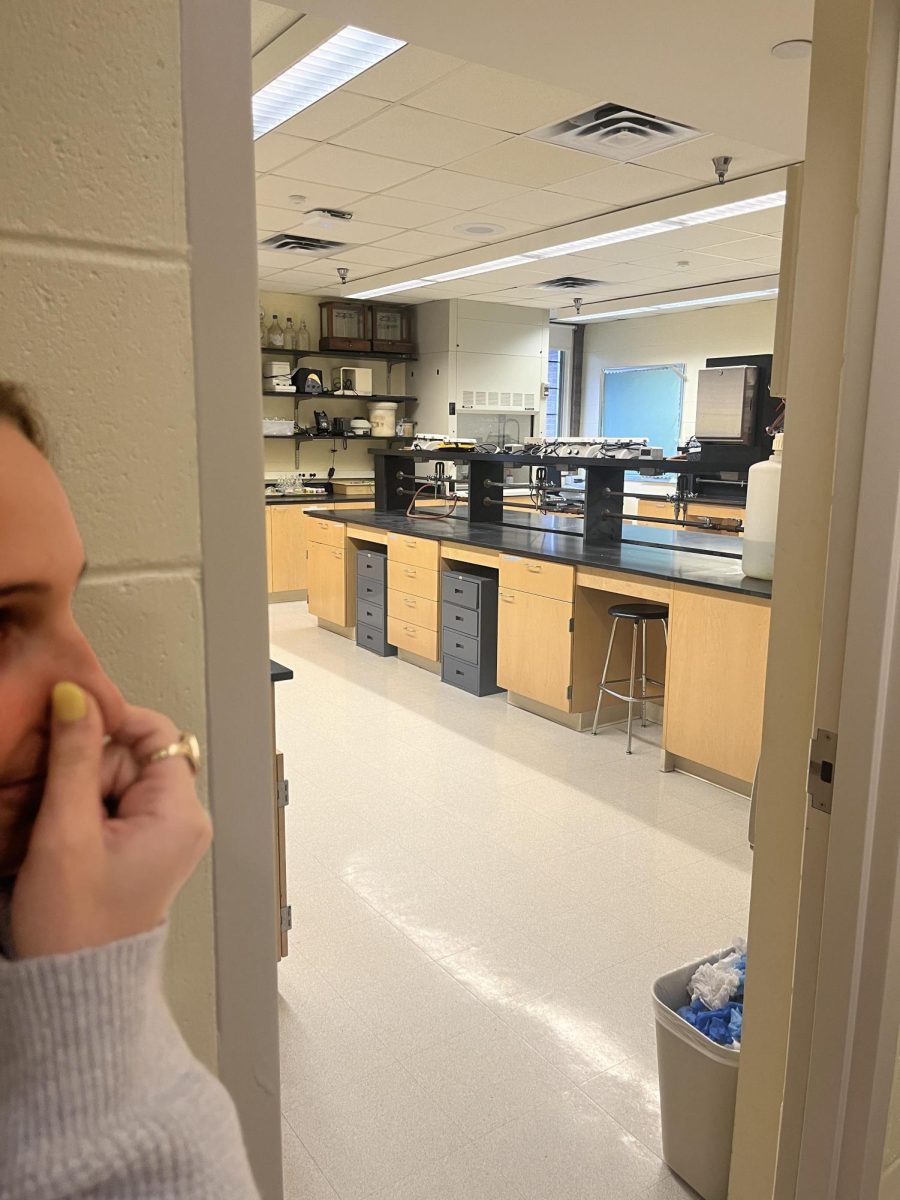


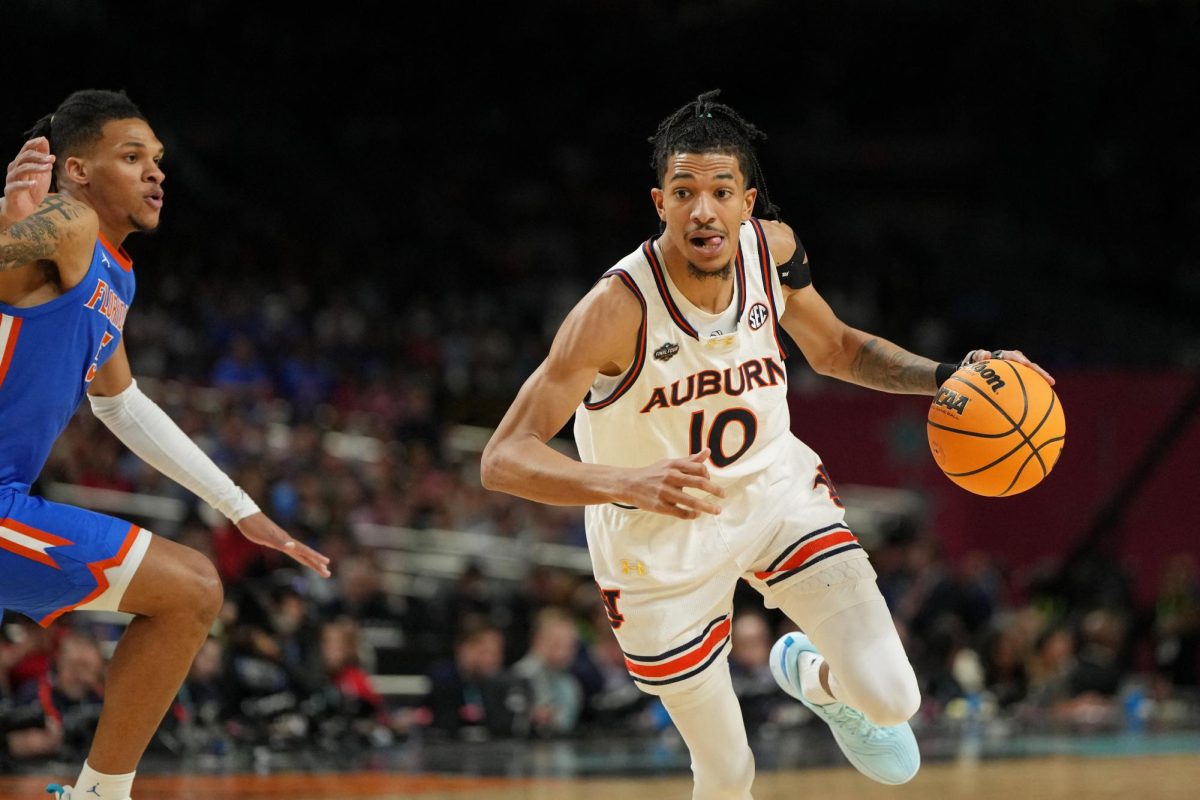

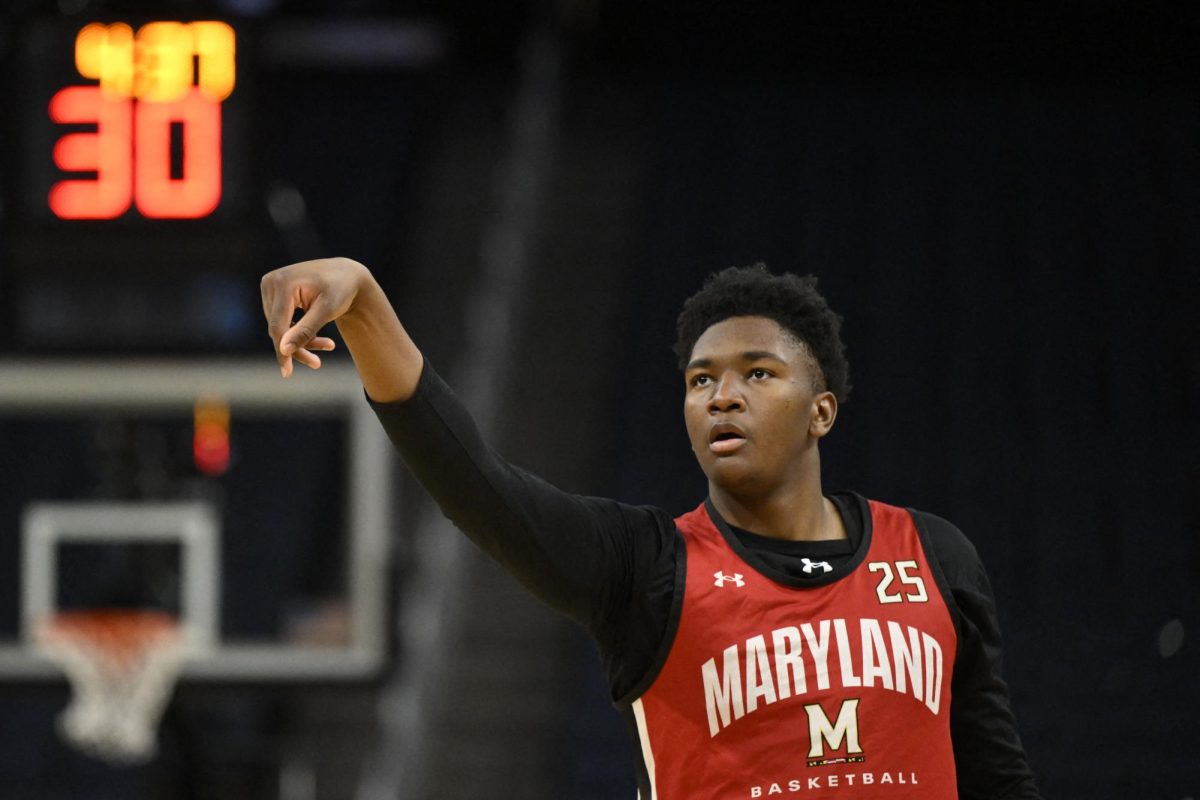
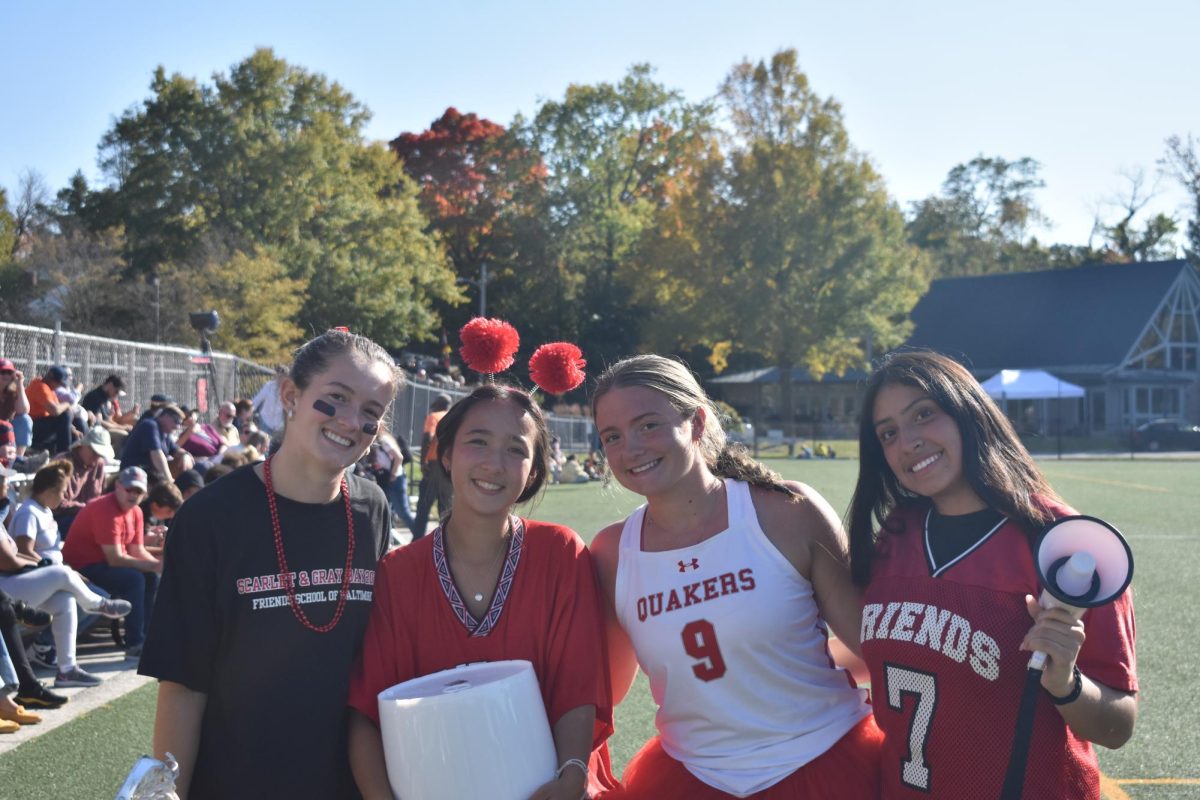
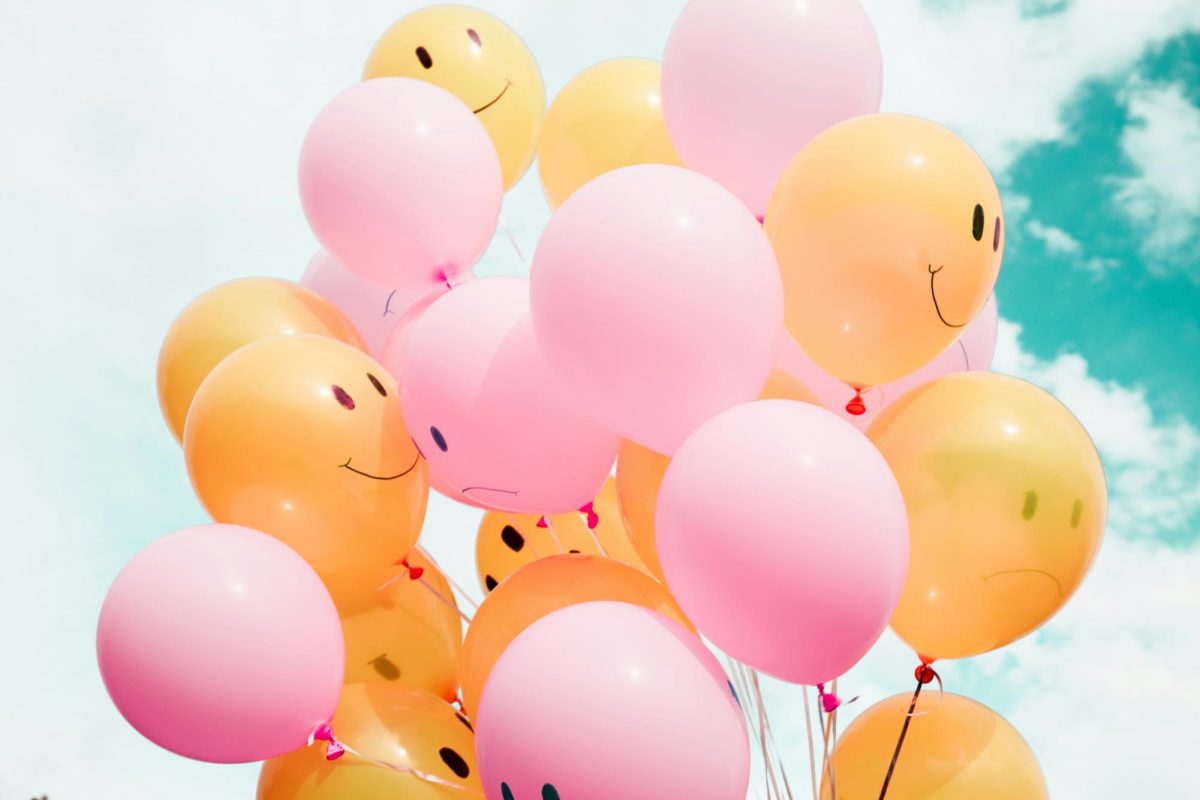





![A Phone Ban at Friends? [Podcast]](https://thequakerquill.org/wp-content/uploads/2025/05/magenta-VrRT19_ZjUY-unsplash-1200x900.jpg)
